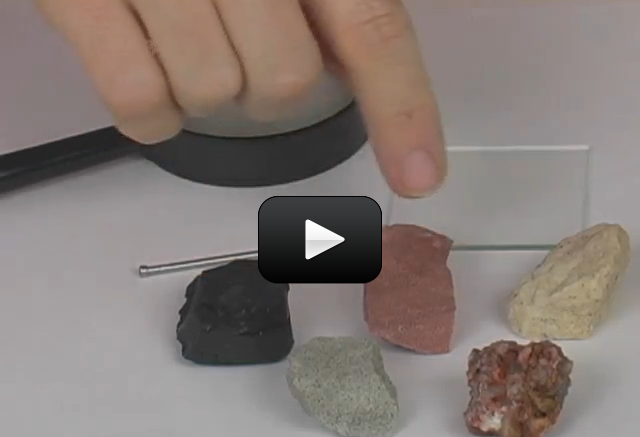Clastic rocks come in very different shapes and sizes, but they all have a few characteristics in common. A clast is a grain of sand, gravel, pebble, etc that makes up a rock. Clastic rocks look like they are made up of fragments of other rocks.
Please login or register to read the rest of this content.


Yes – look at pages 5-8 in the download. You should have pages for all three types of rocks.
Have you added the metamorphic and igneous lab worksheets yet?? I am still not able to find them. We are planning to do these labs today.
Hi Doris,
Yes the download for this experiment included lab worksheets for just the sedimentary rocks, but I noticed that one for metamorphic and igneous wasn’t included, so I will add in the additional content in the same download (you’ll need to download the file again to get the latest version, so check soon. Hope this helps!
I see here the download only refers to sedimentary rocks, are there documents/charts for igneous and metamorphic?